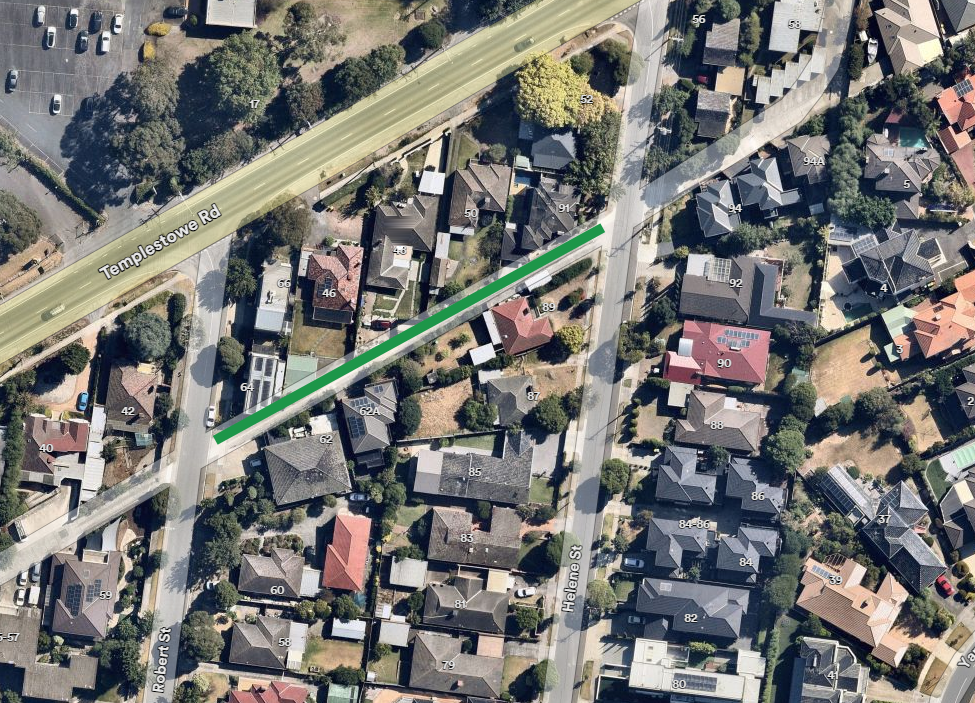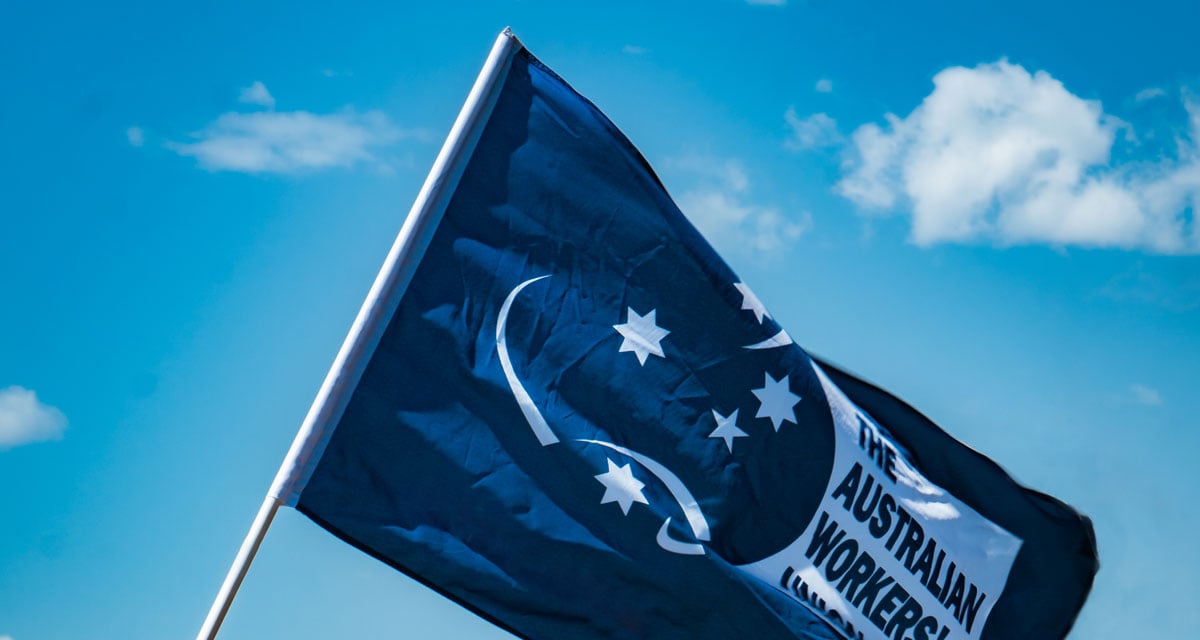The Whitsundays were the perfect setting last week for the start of the Australian Defence Force’s largest amphibious exercises in North Queensland.
The ability for the ADF to function in a joint environment will be tested across the Sea Series of exercises – Sea Explorer and Raider – with a full range of capabilities including infantry, armour, artillery, naval, aviation and logistics elements in a complicated littoral environment.
Conducted over four weeks at sea and ashore in the vicinity of Bowen and Shoalwater Bay, the exercises provide realistic scenarios to certify, practise and develop the ADF’s amphibious capability, ensuring the Australian Amphibious Force (AAF) can rapidly deploy forces ashore from the sea and air in a range of scenarios.
HMA ships Adelaide and Choules, this year’s naval contribution to the AAF, embarked more than 700 soldiers and almost 100 vehicles in Townsville.
Commander Australian Amphibious Task Force Captain Phillipa Hay said there were a lot of moving parts with such a large amphibious force across multiple services.
“Each individual plays a key role in the successful execution of amphibious operations, be they a sailor, soldier or aviator,” Captain Hay said.
“Being able to bring to bear a large number of different capabilities, whether it be land, sea or air, allows the ADF to be flexible yet potent – a strength we will continue to build on for Talisman Sabre.”
The force comprises units and elements from across Army and Air Force, including 1st and 2nd Battalions, The Royal Australian Regiment, 3rd Combat Brigade, 17th Combat Service Support Brigade, 16th Aviation brigade and RAAF Tactical Air Control.
Underpinning the joint nature of the AAF, Commander Landing Force Colonel Douglas Pashley said teaming, integration and familiarity with the littoral environment were crucial.
“The Sea Series is an opportunity for that joint team to come together, establish trusting relationships, learn from each other, appreciate the environment and to understand how each element can contribute to the objectives of the force across air, sea and land,” he said.
“In amphibious operations, the whole is very much greater than the sum of the parts and this starts with an integration mindset.”







